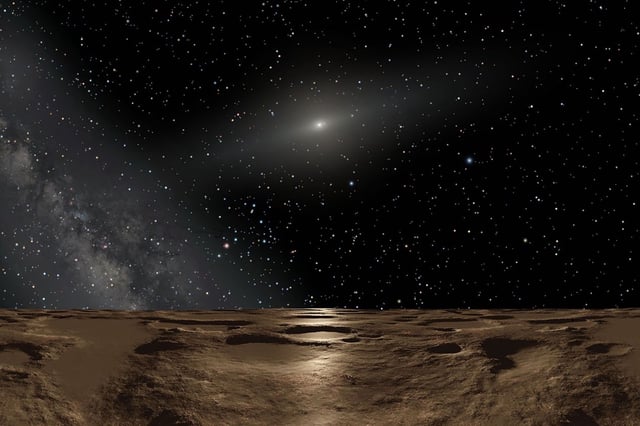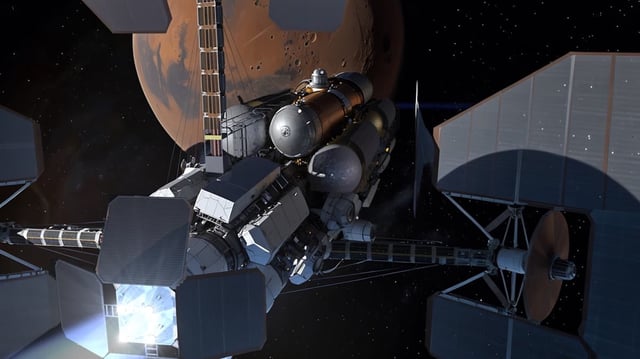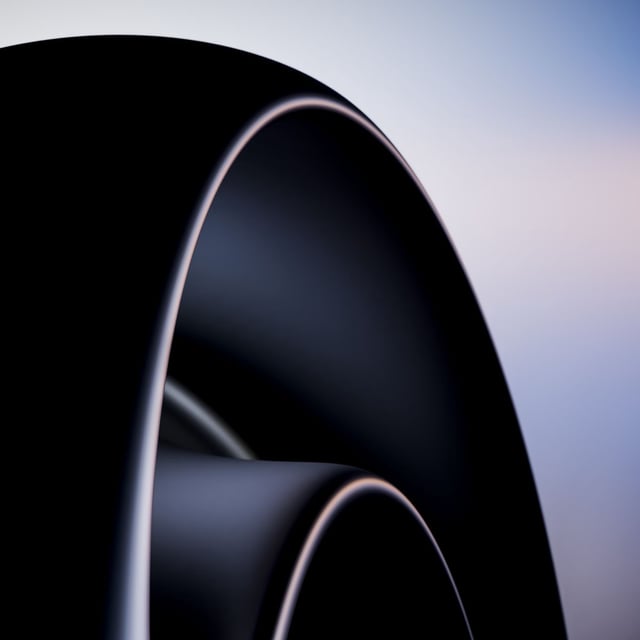Overview
- An Italian-led team published an arXiv preprint detailing Direct Fusion Drive and advanced solar sail concepts that could cut Sedna mission time to seven to ten years
- The fusion propulsion design under development at Princeton’s Plasma Physics Laboratory would generate continuous thrust and onboard power through controlled nuclear reactions
- The solar sail proposal uses thermal desorption coatings and a Jupiter gravity assist to accelerate a lightweight spacecraft toward Sedna in as little as seven years
- Fusion propulsion could enable orbital insertion for extended study, whereas the solar sail approach is limited to a fast flyby
- Both mission concepts face unresolved engineering hurdles—plasma stability, heat management, structural durability and radiation resilience—delaying formal planning and funding


